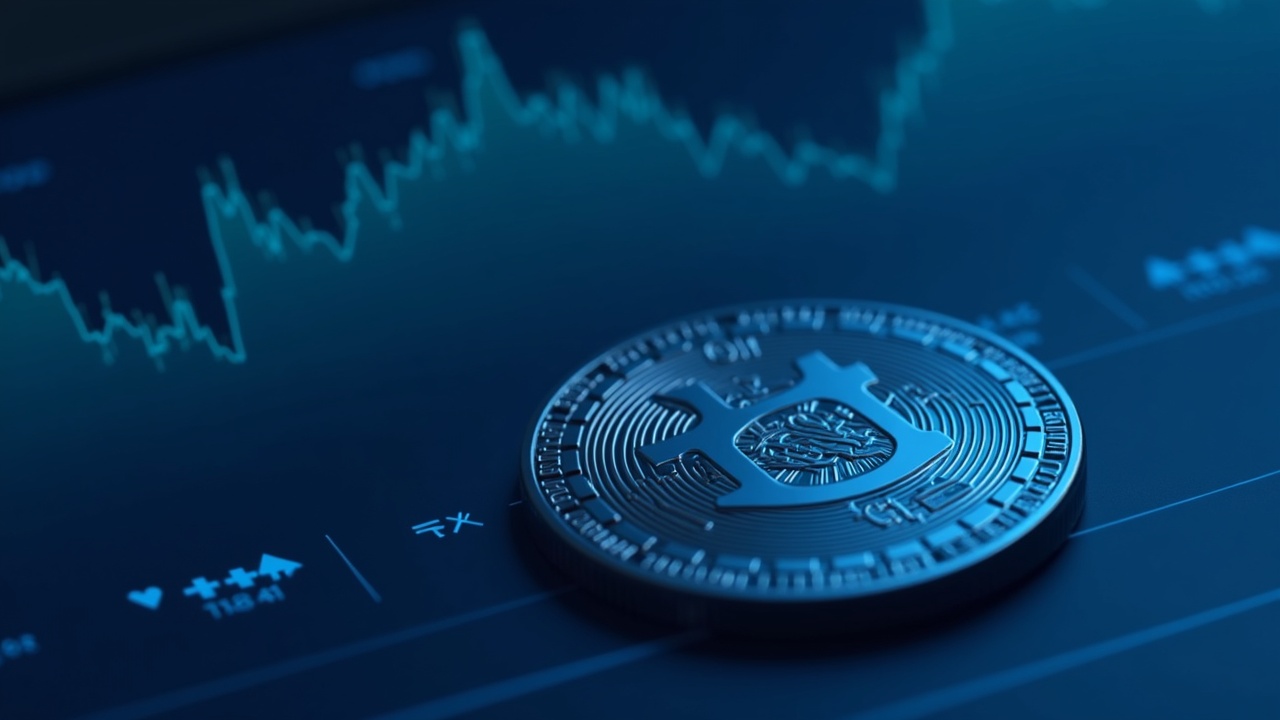Hedera’s (HBAR) attempt to reclaim the $0.20 level has indeed lost momentum, creating a challenging environment for corporate treasuries and funds navigating its thin liquidity and shifting market structure.
A Stalled Rally and Key Price Levels
HBAR’s push toward $0.20 has stalled as it encounters significant selling pressure. As of October 22, 2025, the token is trading around $0.1695, reflecting a weekly performance that is down between 4.3% and 9.38%. The former support zone between $0.20 and $0.21 has now flipped into a formidable resistance ceiling, demonstrating a market where sellers currently dominate.
This impasse is costly for large players. With few coins changing hands, any attempt at a rally risks running out of fuel quickly. If the price declines further, initial support is expected near $0.16, but a break below this level could signal a deeper correction. For a sustained upward move to occur, HBAR must convincingly break through the $0.19-$0.20 resistance band, a feat that has proven difficult in the current climate.
Technical Signals and Market Sentiment
The technical picture for HBAR has turned cautious. Key indicators are flashing warnings, contributing to the lack of buyer conviction. Analysis of oscillators and moving averages on trading platforms currently suggests a neutral to bearish outlook, with a “Strong Sell” signal prevalent in some short-term assessments.
This technical weakness is compounded by a significant shift in market sentiment. Data indicates a sharp 55% drop in HBAR’s social dominance over the past month, reflecting fading interest from the retail sector. More concerning for institutional observers is the decline in the Smart Money Index (SMI), which suggests that experienced or institutional investors are also reducing their exposure to the altcoin, signaling bearish sentiment and stalling any near-term rebound potential.

Strategic Implications for Institutional Players
For corporate treasuries and large funds, the current market dynamics present specific challenges and considerations. The most immediate issue is heightened liquidity risk. The thin order books mean that executing large transactions is likely to result in higher costs and significant price slippage, making both entry and exit strategies more expensive and complex.
Furthermore, the market is exhibiting signs of potential “bull traps”. Quick upward spikes should be treated with caution, as they are unlikely to be sustained while the prevailing technical and sentiment indicators remain negative. The market currently lacks the fundamental catalyst, such as a major partnership or positive regulatory development, that would be necessary to drive a durable rally and attract the sustained buying pressure needed to overcome the overhead resistance.
The path of least resistance appears to be lower for now. A break below the $0.16 support could trigger a further decline, with some analyses pointing to a potential test of $0.1885. For a meaningful recovery to take hold, a significant influx of new capital or a strong, sustained rally in Bitcoin—to which HBAR remains closely correlated—would likely be required.


